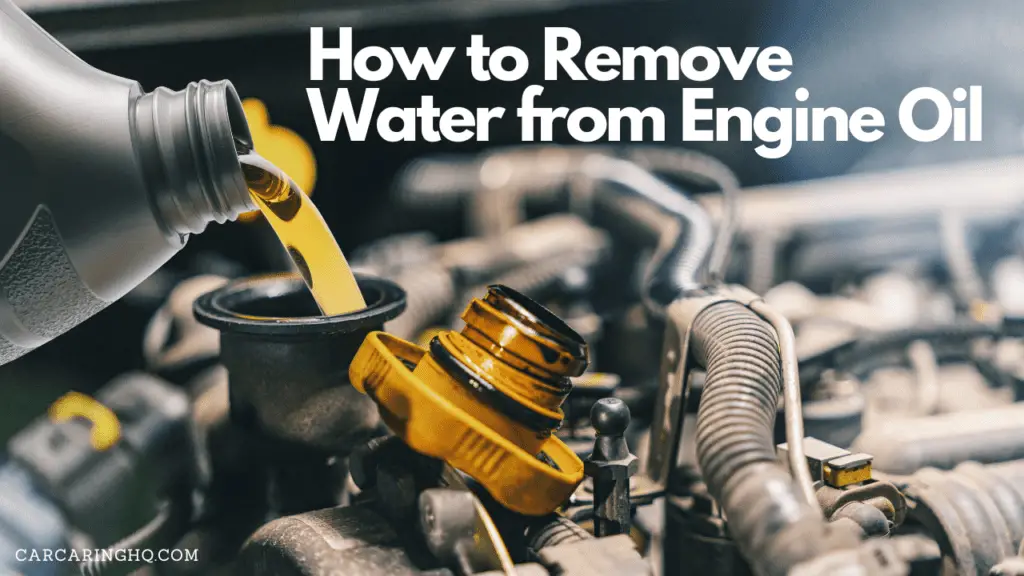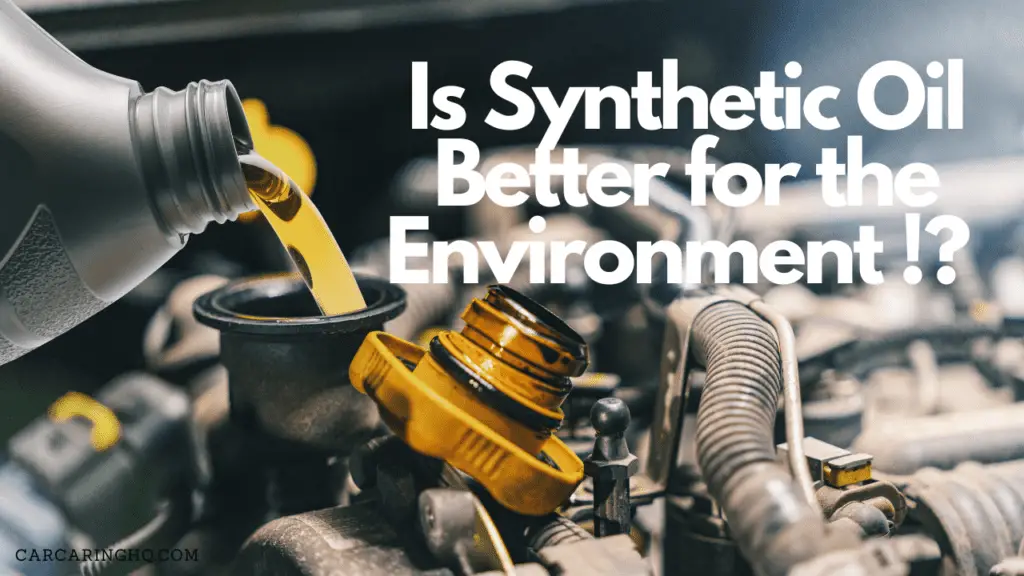The purge solenoid valve is an important component of your vehicle’s emissions control system. It’s responsible for regulating the flow of fuel vapors from the fuel tank to the engine.
Over time, the valve can become clogged with debris and fail to function properly, leading to engine performance issues and increased emissions. In this article, we’ll provide a step-by-step guide on how to clean a purge solenoid valve.
Table of Contents
What is a Purge Solenoid Valve?
Before we dive into the cleaning process, let’s take a closer look at what a purge solenoid valve is and how it works.
The purge solenoid valve is a small, electronic component located in the engine bay. It’s connected to the fuel vapor lines and controls the flow of fuel vapors from the fuel tank to the engine.
The valve is controlled by the engine control module (ECM), which uses input from various sensors to determine when to open and close the valve.
When the valve is open, fuel vapors are pulled from the fuel tank and into the engine, where they’re burned off as part of the combustion process.
Why Clean a Purge Solenoid Valve?
Over time, the purge solenoid valve can become clogged with debris, such as dirt, dust, and carbon buildup. When this happens, the valve may fail to function properly, leading to engine performance issues and increased emissions.
Cleaning the valve is a simple and cost-effective way to ensure that it’s functioning properly and preventing any potential issues with the emissions control system.
Step-by-Step Guide: How To Clean A Purge Solenoid Valve
Now that you understand why cleaning a purge solenoid valve is important, let’s take a closer look at how to do it. Here’s a step-by-step guide:
Step 1: Locate the Purge Solenoid Valve
The purge solenoid valve is typically located in the engine bay, near the fuel vapor lines. Consult your vehicle’s owner’s manual or a repair manual to locate the valve.
Step 2: Disconnect the Electrical Connector
Before you begin, disconnect the electrical connector from the valve. This will prevent any potential damage to the valve or electrical system.
Step 3: Remove the Valve
Using a wrench or pliers, remove the valve from the vehicle. Be sure to keep track of any mounting hardware or gaskets that may be required for reinstallation.
Step 4: Inspect the Valve
Inspect the valve for any signs of damage, such as cracks or leaks. If the valve is damaged, it will need to be replaced.
Step 5: Clean the Valve
Using a can of electronic cleaner or compressed air, clean the valve thoroughly. Be sure to remove any debris or buildup that may be clogging the valve.
Step 6: Reinstall the Valve
Once the valve is clean, reinstall it using the mounting hardware and gaskets. Be sure to tighten the valve to the manufacturer’s specifications.
Step 7: Reconnect the Electrical Connector
Finally, reconnect the electrical connector to the valve.
FAQs:
1. Can I clean a purge solenoid valve without removing it from the vehicle?
It’s possible to clean a purge solenoid valve without removing it from the vehicle, but it may not be as effective. Removing the valve allows you to clean it thoroughly and inspect it for any signs of damage.
2. How often should I clean my purge solenoid valve?
It’s recommended to clean your purge solenoid valve every 50,000 miles or as part of your regular vehicle maintenance schedule.
3. Can a clogged purge solenoid valve cause my engine to stall?
Yes, a clogged purge solenoid valve can cause your engine to stall or have trouble starting. When the valve is clogged, it may fail to open or close properly, affecting the flow of fuel vapors to the engine. This can lead to a decrease in engine performance, reduced fuel efficiency, and increased emissions. If you’re experiencing engine performance issues, it’s important to have your vehicle inspected by a qualified mechanic to determine if the purge solenoid valve is the cause.
Conclusion
In conclusion, a clogged purge solenoid valve can lead to engine performance issues, increased emissions, and reduced fuel efficiency.
Cleaning the valve is a simple and cost-effective way to ensure that it’s functioning properly and preventing any potential issues with the emissions control system. By following this step-by-step guide and consulting your vehicle’s owner’s manual or repair manual, you can safely and effectively clean your purge solenoid valve.
Regular maintenance of the valve, including cleaning it every 50,000 miles or as part of your regular vehicle maintenance schedule, can help to ensure that your engine is running at its best and reducing harmful emissions. If you’re unsure about cleaning your purge solenoid valve yourself, consult a qualified mechanic.







